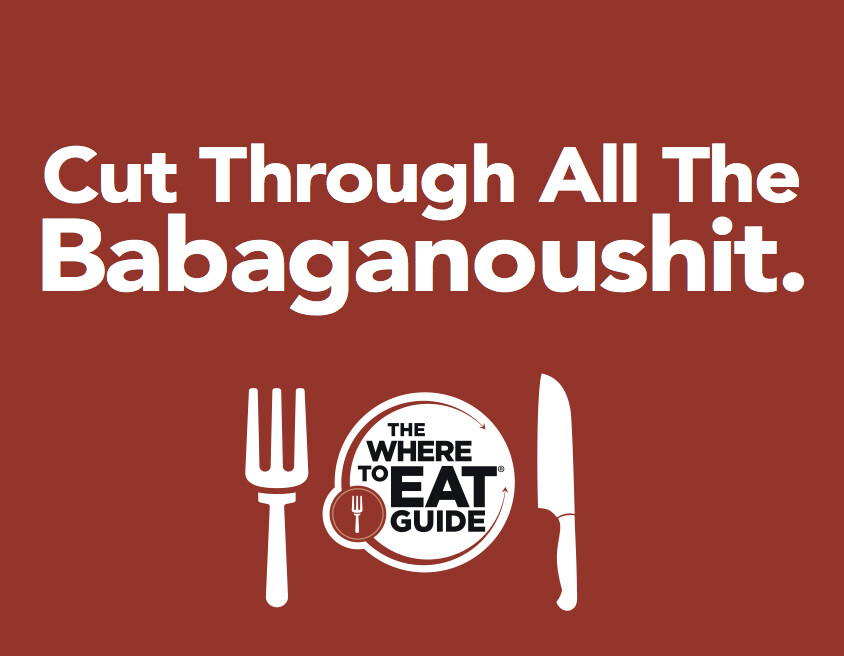![]() Sometimes, when it comes to copywriting, one word can be the difference between a marketing home run and a dribbling bunt.
Sometimes, when it comes to copywriting, one word can be the difference between a marketing home run and a dribbling bunt.
Use humdrum words and you’ll get predictable, humdrum results. Mix up the words and introduce a bit of incongruity and poetry, your ads will sail out of the park.
Here’s an example:
I was doing a campaign for a commercial real estate concern, and the client was completely flummoxed by one word in a headline: “Precious.”
“I don’t like it. Babies are precious, not parking places,” she argued.
“Yes, that’s precisely why it works,” I countered.
It was an effective use of incongruity in advertising copy, and she just couldn’t get her head around it. So I showed her some run-of-the-mill adjectives that I knew would not work…
“Popular parking places” fell flatter than asphalt.
“Convenient” didn’t have the alliteration I was looking for.
“Valuable” just sucks.
The more options I showed her, the better the word “precious” seemed. The incongruity of it was perfect for that context and purpose. By using that one word I exaggerated the value of “free parking” and elevated a mundane product feature into valuable offer. Eventually the client relented and the ad ran, quite successfully.

Incongruity in advertising is a mismatch between an element in the ad and an existing frame of reference. (Elements being product photo, brand name, endorser, music selection, word choice, etc.)
Academic research on the subject has shown that “incongruity causes disturbances in one’s cognitive system”…
That’s precisely what advertising people are going for: a disturbance in your thinking that causes you to pause, consider or reflect on the brand. That’s what good copywriting is all about. That’s what iconic brands are built on.
“Empirical evidence suggests that individuals presented with INcongruity are more likely to engage in detailed processing than they are with congruity.”
On the other hand, ads, posts, presentations and websites that contain nothing new or different will not be processed at all.
Here’s an example of bad copywriting from an Air B&B listing. Ai is now churning out millions of pages of this congruent, vanilla crap every day.
“Welcome to our home! We invite you to consider a stay with us on your next visit to or through Lexington. When we open our door to you, we consider you as welcome guests, but want you to feel as comfortable here as you do in your own home. We are committed to your comfort. Our mission is to provide you with lodging, rest and meals that are memorably special, to do so with the kind of Southern hospitality you expect and deserve, in tasteful household surroundings that carry the tradition of Old South charm. You will find something “extra” everywhere you turn during your stay, from the bedding, room amenities, complimentary toiletries, and more… Each area has its own entertainment system, open WiFi access, and, for each room, individual climate controls. We believe you will enjoy your stay with us so much that you will regret having to leave, but depart looking forward to another visit. We hope to see you soon.
No one’s going to stick with this copy beyond the first four words. And “complimentary toiletries”… Really? I sure hope so.
Copy like that is what I’d call boringly congruent. It’s so expected and chock full of clichés no one’s going to hear it. Our brains are wired to weed out the mundane, so our eyes skim right over that stuff like a triple speed fast-forward button on the TV remote.

In marketing, the opposite of incongruity is not congruity. It’s invisibility.
When all the elements line up in the same, old, expected way the message becomes completely invisible. Without some degree of incongruity, your copywriting will fail.
But effective incongruity hinges on proper, relevant context.
 Example: I recently used some nonsensical words in a campaign directed toward restaurant owners.
Example: I recently used some nonsensical words in a campaign directed toward restaurant owners.
They know what babaganoush is. And Paninis.
The context made the incongruity of the words effective. If the target had been the general public, the idea would not fly.
If an element is totally out of context AND incongruent, it seldom works.
I recently saw a TV spot for a local realtor that was so wildly out of context and incongruent, it didn’t work at all… All you see are tattooed arms putting a puzzle together while the voice-over talks about “the real estate market is tearing families apart.”
Creepy.
If you’re a client who purchases advertising, try to embrace incongruity in the right context. It could be one word in a headline that seems not quite right, or one image or graphic.
Chances are, if it seems just a little outta place it’s going to work well. It’ll stop people in their tracks and engage the creative side of their brain.
So next time you’re working on an email campaign, a powerpoint presentation, or anything… take time to throw in at least one unexpected word that will break through all the “babaganoushit.”
It makes all the difference.
If you want to improve your copywriting, contact me here. Or reach out on LinkedIn.
For more on making your advertising messages more memorable, try THIS post.
![]()

An outstanding share! I have just forwarded this onto a coworker who has been conducting a little research on this.
And he in fact ordered me lunch because I found it
for him… lol. So let me reword this…. Thanks for the meal!!
But yeah, thanx for spending time to discuss this issue here on your
site.